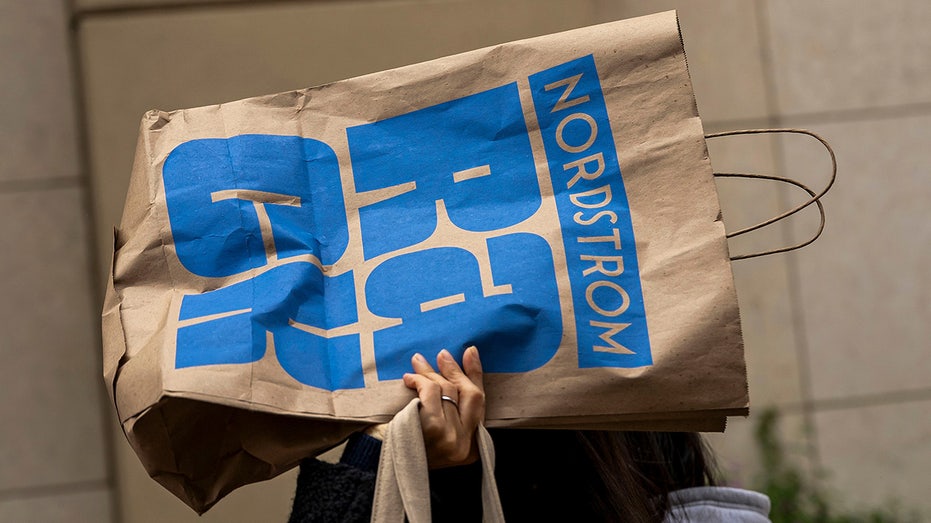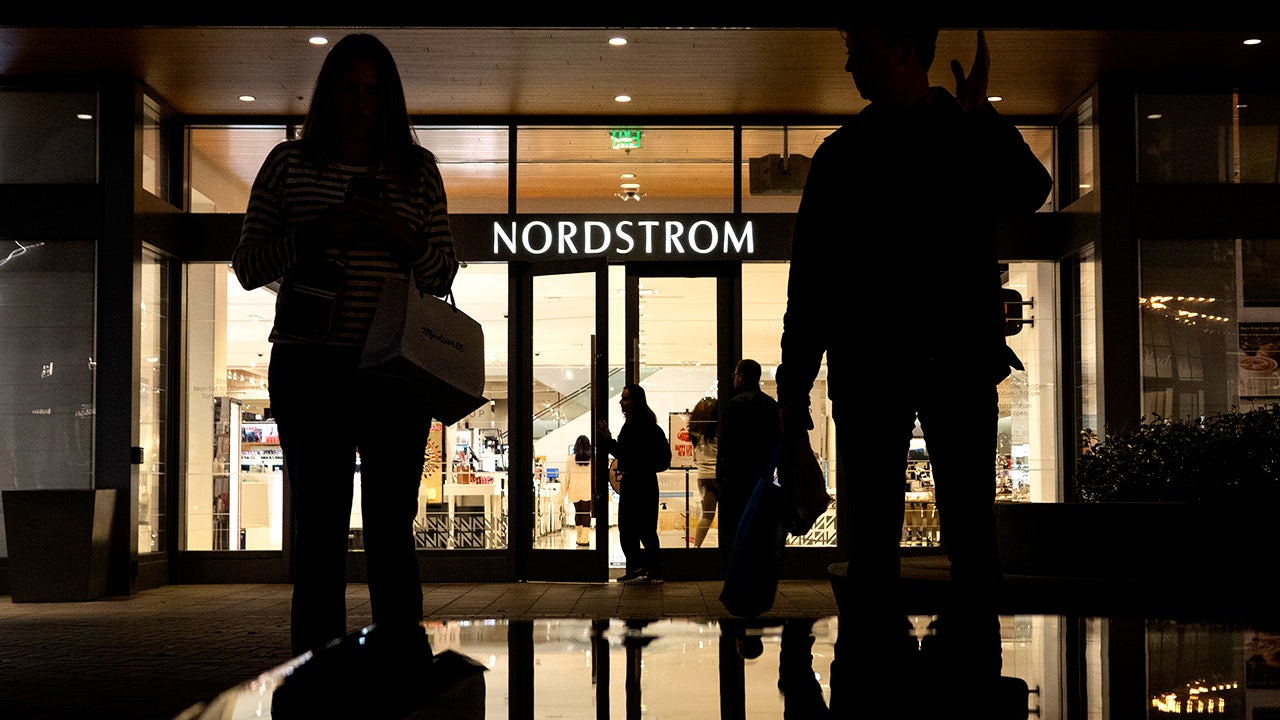Nordstrom is shutting down two of its stores by the end of August as the company tries to keep afloat. The retail industry faces several headwinds, from a challenging economic climate to shifting consumer behavior.
Saint Louis Galleria Nordstrom store in St. Louis, Missouri, as well as the Nordstrom store in Santa Monica, California, will close on Aug. 24 and Aug. 26, respectively, the company confirmed to FOX Business.
“We believe we’ll be best able to serve customers in each region by leveraging our surrounding stores and through our digital channels,” a Nordstrom spokesperson said in a statement. “Decisions like this are never easy, and we understand the impact they have on our team members.”
US RETAIL CLOSURES HIT HIGHEST LEVEL SINCE PANDEMIC
The company said it would help impacted employees find roles at other Nordstrom locations.
The luxury retailer isn’t the only one that has announced closures in recent years as the industry faces a rough patch, including lackluster sales and declining traffic.
In January, Macy’s identified 66 stores that it planned to close this year. The company is on track with its plans to close 150 locations over three years as part of its strategy, dubbed a “Bold New Chapter,” aimed at helping the company achieve sustainable, profitable growth.
A month later, JCPenney announced plans to close a “handful” of stores over the coming months as it struggled to keep pace with rapidly changing market conditions.
Eight locations across eight states are closing, with the company citing reasons such as “expiring lease agreements” and “market changes.”

WHY NEIGHBORHOOD PHARMACIES ARE CLOSING
To further highlight the industry’s woes, last fall, U.S. retail closures reached the highest level since the COVID-19 pandemic, according to Coresight Research.
Job cuts in the sector also surged 80% in the first five months of 2025 compared to the same period last year, according to a new report from Challenger, Gray & Christmas.
“Tariffs, funding cuts, consumer spending, and overall economic pessimism are putting intense pressure on companies’ workforce,” said Andrew Challenger, senior vice president of Challenger, Gray & Christmas, in the report. “Companies are spending less, slowing hiring, and sending layoff notices.”
Store closures also contributed to those cuts.
